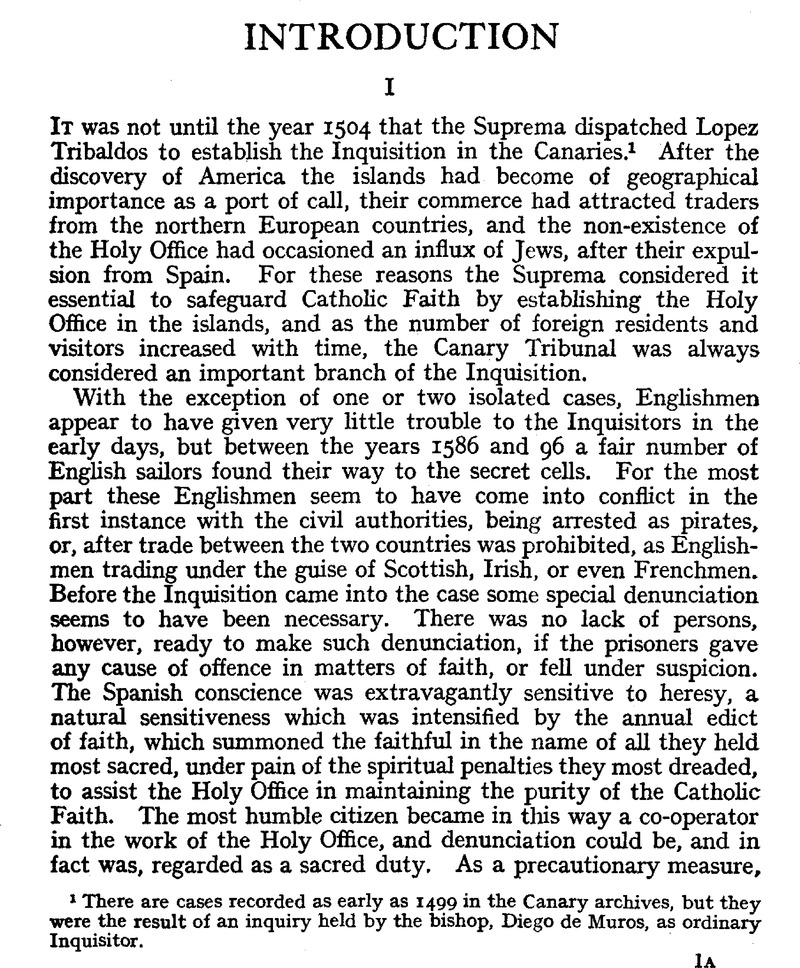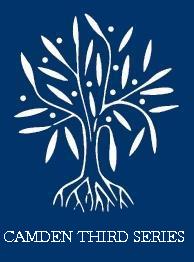No CrossRef data available.
Article contents
Abstract

- Type
- Introduction
- Information
- Copyright
- Copyright © Royal Historical Society 1912
References
page v note 1 There are cases recorded as early as 1499 in the Canary archives, but they were the result of an inquiry held by the bishop, Diego de Muros, as ordinary Inquisitor.
page vi note 1 Published by Blackwood and Sons.
page vii note 1 Diccionario de las leyes de la Inquisition. B. M. Egerton. 457–458.
page vii note 2 A History of the Inquisition of Spain, vol. III, p. 151 et seq.
page viii note 1 Papeles y Consultas Originates del Consejo de la Inquisition, Egerton, 1508, f. 311 et seq. The men referred to in this letter had been sentenced to two years' reclusion and to remain ten years in Spain. After receiving eight months' instruction they presented a petition to be allowed to return to England. In forwarding the petition from the English College at Valladolid, Father Joseph Cresswell states that he has heard from Father Richard Walpole, “brother of the martyr,” that the men are honestly converted. Father Cresswell adds that they may be of use in England if a fleet is sent there. It will be noted that Squire was executed in England in 1598 for an alleged attempt to poison the Queen, in which he tried to implicate Father Walpole.
page viii note 2 Vol. III, p. 2.
page ix note 1 Papeles y Consultas del Consejo de la General Inquisition, Egerton, 1509, f. 77.
page x note 1 Millares' Historia de la Inquisition en las Islas Canarias, vol. III, p. 153.
page xi note 1 There is a copy of this pamphlet in the British Museum (4,071, b.37).


